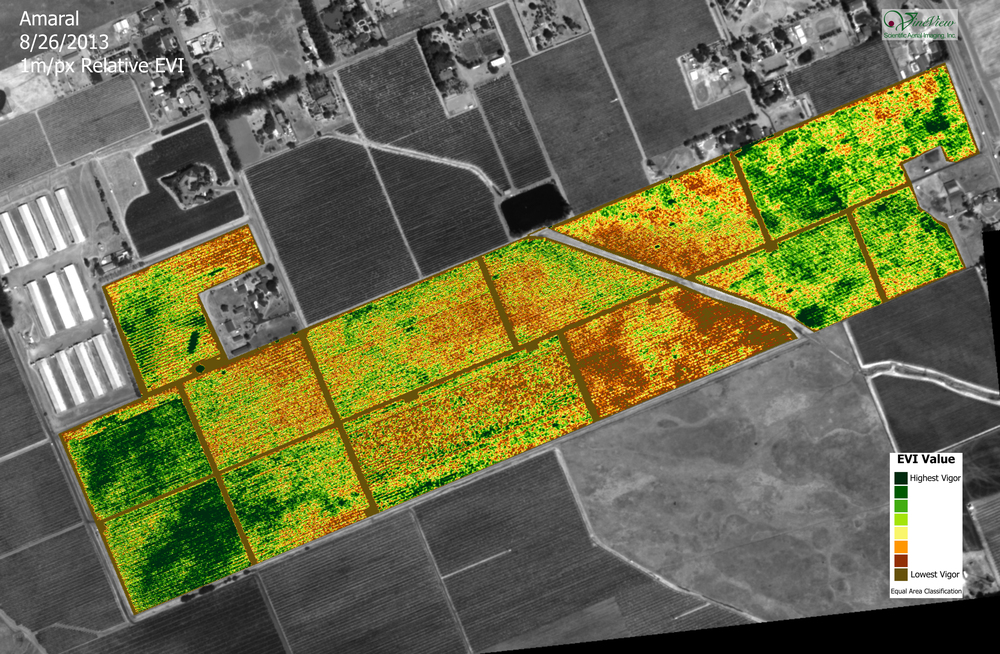We use cookies to optimize your experience, analyze traffic, and personalize content. To learn more, please visit our Privacy Policy.
By using our site without disabling cookies, you consent to our use of them.
We are constantly working to improve quality. That work never ends.
Harvesting at night keeps the grapes cool, maximizing quality.
We have worked hard for many decades to learn how best to farm each and every row of our vineyards. Many of our vineyards have different microclimates and multiple soil profiles. Through research, trial and error in the field, and critical evaluation of the resulting wines, we have learned how to select the right varietals, clones and rootstocks, as well as row spacing and orientation for more than three hundred individual sites. This approach, paired with the appropriate pruning, irrigation, canopy management, and nutrients is what enables us to tease an extraordinary range of flavors out of our Chardonnay and Pinot Noir grapes.
When the vines go dormant in the winter we assess vine growth to determine length and weight of canes as we prune. This data helps us determine how many buds to leave for the upcoming growing season. As the buds break in the spring, we shoot thin and head sucker the extra buds, leaving only the primary buds.
Of prime importance amongst our ongoing viticultural practices is irrigation. Too much water and the vines put more energy into growth than flavor development of the grapes. Too little water and the vines are unable to produce enough growth to develop richness of flavors.

NDVI infrared map used to evaluate long-term health of vineyards.
We use small drip irrigation blocks to conserve water and to give increased irrigation control, block by block. We are continually experimenting with and implementing new irrigation monitors such as pressure bombs and surface renewal technology (TULE) that integrate plant, soil and atmospheric measurements of evapotranspiration rates to determine total water loss. These tools help us analyze and make site-specific irrigation decisions on a day-by-day basis.
Likewise, bloom and veraison petiole analyses allow us to assess plant nutrition during the growing season. If the analyses tell us that the vines need nutrition, we then put together a plan to dial-in the exact required nutrients. That may include planting cover crops with nitrogen fixing plants, adding organic matter to the soil, or adding fertilizer thru the drip irrigation system (fertigation).
We use NDVI infrared maps to evaluate the long-term health of all of our vineyards. Data from these maps guides us as we make decisions on which blocks, rows, or vineyards should be replanted, fertilized or irrigated.
But all the technology in the world cannot replace the visual cues gained by walking row-by-row. We have many sets of eyes — our own plus many “scouts” — out in the fields to visually monitor for signs of pests, vine health, and general grapevine phenology. This subjective data is captured immediately in the field and input via a wireless handheld device into a web-based database. The GPS-enabled device codes the data to the exact spot where the sampling took place, enabling follow-up actions to be targeted to the exact blocks, rows, or even individual vines. Other data such as pressure bomb readings, yield estimates, bunch weights, and cluster counts is also input into the handheld device from the field. Multiple years of data for each block helps our family identify trends and gauge vine maturity during the growing season compared to previous years.

At harvest, we maximize grape quality by harvesting 60-75% of the fruit during the cool hours of the night and early morning. Grapes are also sorted in the field prior to being delivered to the wineries.
At every step of the way we seek to produce the highest quality fruit with the lowest environmental impact possible. We achieve this by reducing the amount of inputs required to grow premium grapes while continuing to improve quality. That means using cover crops to stem erosion during the rainy months and provide nutrients during the growing season. In areas where we can no longer reduce inputs, we are dedicated to finding and implementing alternatives that have less environmental impact. These inputs range from electrical usage to the nutrients in the soils beneath our treasured vines. We look to these, and other growing techniques, to align with the needs of our customers.